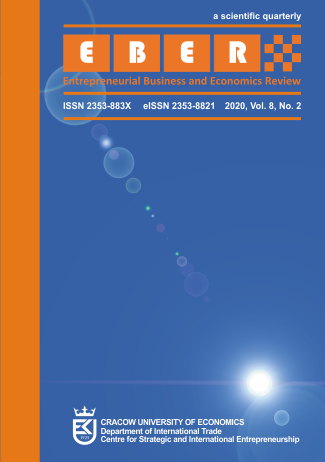Company Image as an Employer on Poland’s Mobile Telecommunication Market and Its Relationship with Consumer Recommendations

Abstract
Objective: The objective of the article is to answer the research question whether there exists any correlation between the image of a company as an employer and consumers’ recommending its offer.
Research Design & Methods: Survey questionnaire conducted on a group of 896 respondents provided quantitative data analysed with the application of statistical methods.
Findings: The research focused on current and potential customers in the dynamic market of telecommunications services. The analysis demonstrated that respondents who perceive the service provider as a good employer are more willing to recommend its offer.
Implications & Recommendations: While the employer image is believed to be powerful from the human capital perspective, it is also a meaningful intangible factor for offer recommendations.
Contribution & Value Added: This research contributes to both human resources and marketing literature by providing a new perspective on the value of company’s image as an employer.
Keywords
employer image; consumer recommendations; service marketing; mobile telecommunications sector; Poland
Author Biography
Maria Rybaczewska
Assistant professor at the University of Social Sciences in Łódź (Poland). Research Fellow at Stirling Management School, University of Stirling (Scotland, UK).
Correspondence to: Dr Maria Rybaczewska, University of Social Sciences in Łódź, ul. Sienkiewicza 9, 90-113 Łódź, Poland, e-mail: mrybaczewska@spoleczna.pl